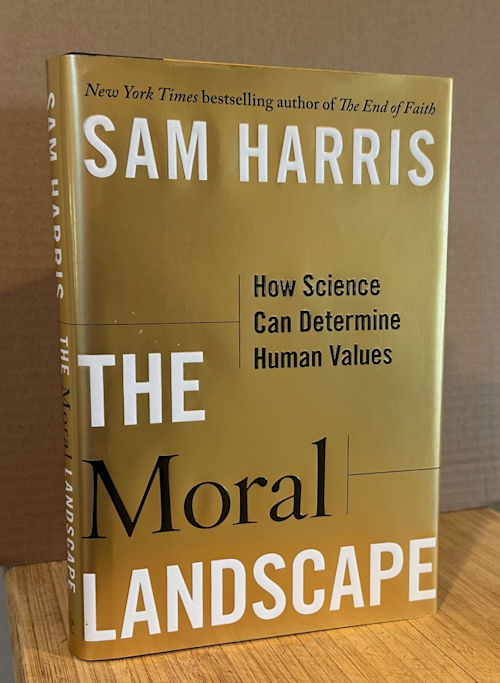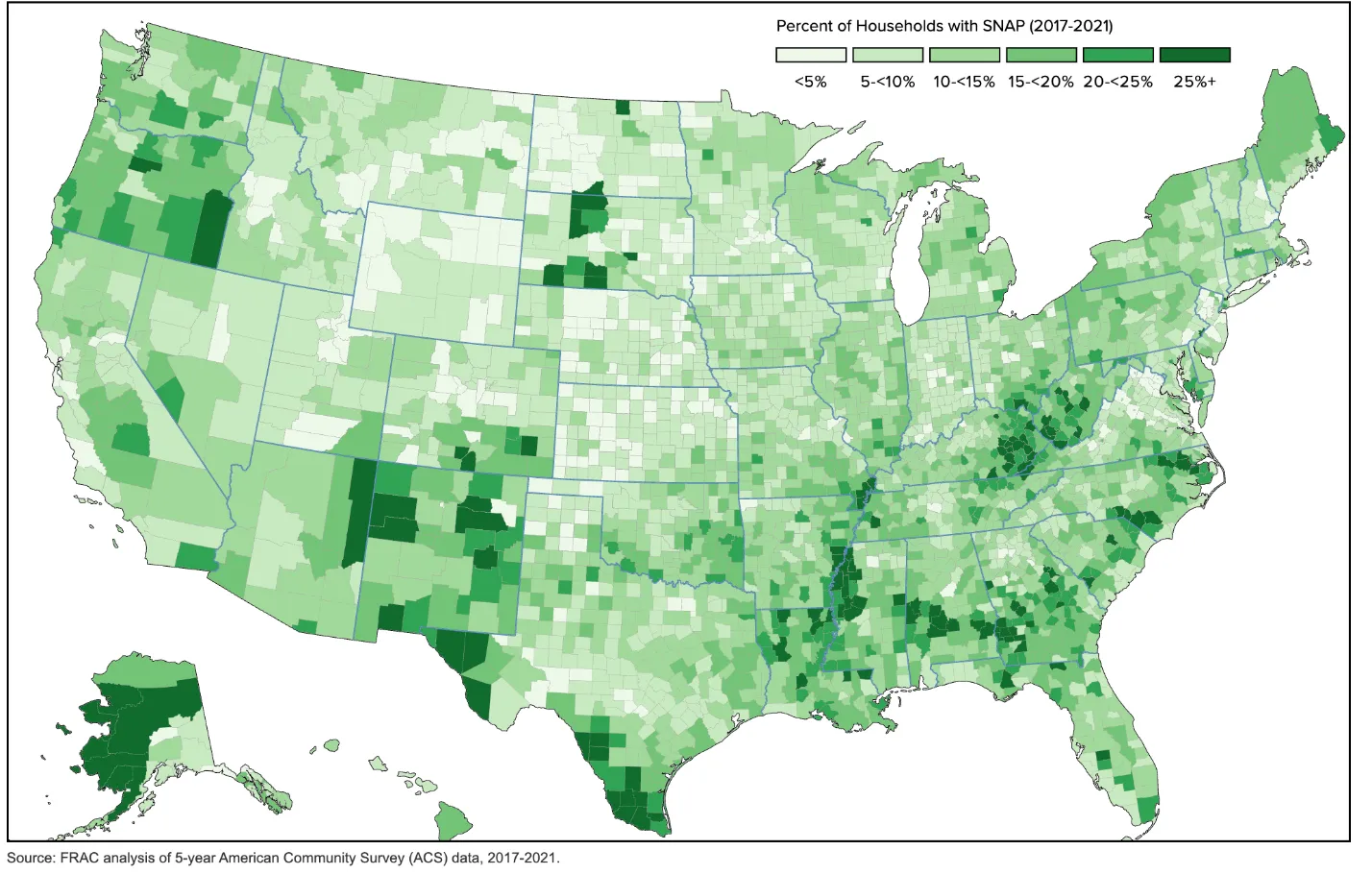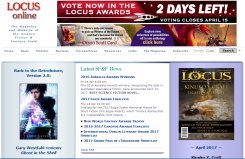- Hemant Mehta on a new wave of atheist content creators;
- Scientific “groupthink” is a myth, an effect of how our fundamental theories are extremely successful;
- Richard Dawkins can’t understand how Tom Holland and his readers believe ancient legends and myths are literally true;
- (My comment: especially when they don’t trust modern media to get yesterday’s news right);
- Short items about Reagan, Grokipedia, living on military bases, nuclear weapons, those Aryan posters, predator pastors, and Trump’s agenda.
Let’s give Hemant Mehta his due when he says his post today is an important one. (Why? Because he’s trying to be positive, instead of relentlessly negative in reporting about the religious shenanigans going on every day in the world.)

Friendly Atheist, Hemant Mehta, 30 Oct 2025: How the American Humanist Association is empowering a new wave of atheist content creators, subtitled “A quiet experiment could redefine how secular voices reach millions online and revive a movement that’s lost momentum”
A few months ago, I was given the Humanist Media Award from the American Humanist Association. Rather than speak directly about my own work, I used my time to highlight a growing concern I’ve had about the broader atheism movement.














